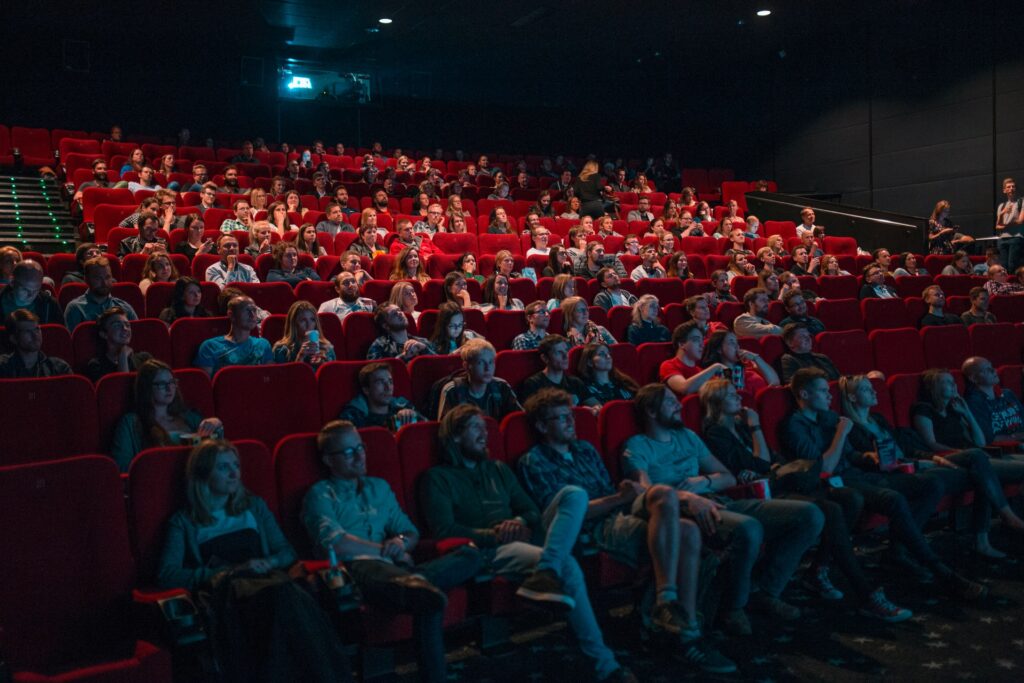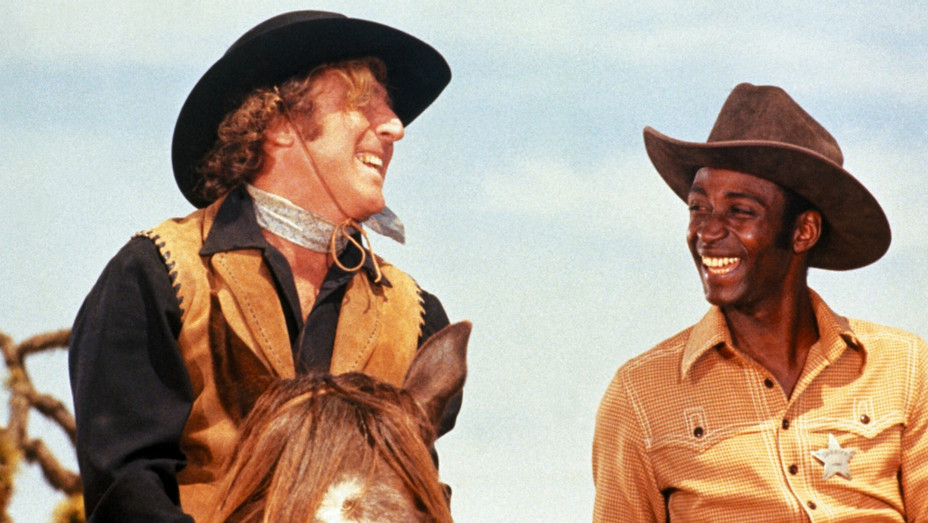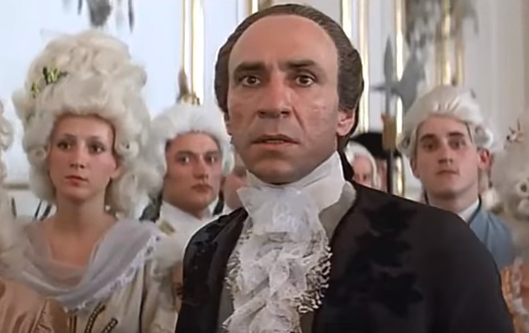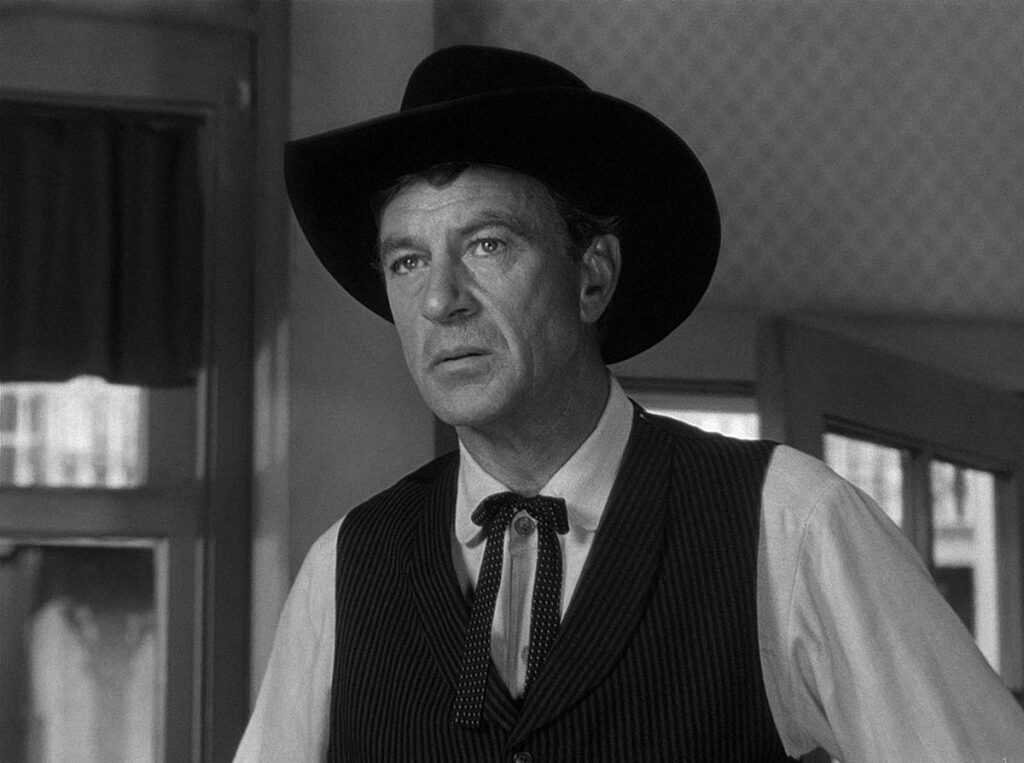Is it a film or a movie? What is the difference in the first place? When challenged, most people would say that a Drama must be a film and Comedies must be movies. In reality, it has a lot more to do with content and theme.
The difference is…
A movie is a motion picture whose meaning never ascends above its plotline. A story with no “deeper meaning” or “theme.” Think Ghostbusters, Speed or most Summer Blockbusters. They are sometimes derisively referred to as being “an entertainment.” A film is a motion picture with an ascribable meaning, theme, or message.
Most films can be boiled down to just one or two words. To cite some examples:
- Blazing Saddles is a film about racism.
- Being John Malkovich is a film about self esteem.
- High Noon is a film about McCarthyism.
- Pulp Fiction is a film about redemption.
- Traffic is a film about corruption.
- Taxi Driver is a film about Loneliness.
- Citizen Kane is a film about wanting love.
- Amadeus is a film about jealousy.
- Patton is a film about ambition.
- Moulin Rouge is a film about love.
- Saving Private Ryan is a film about duty.
- Kill Bill is a film about revenge
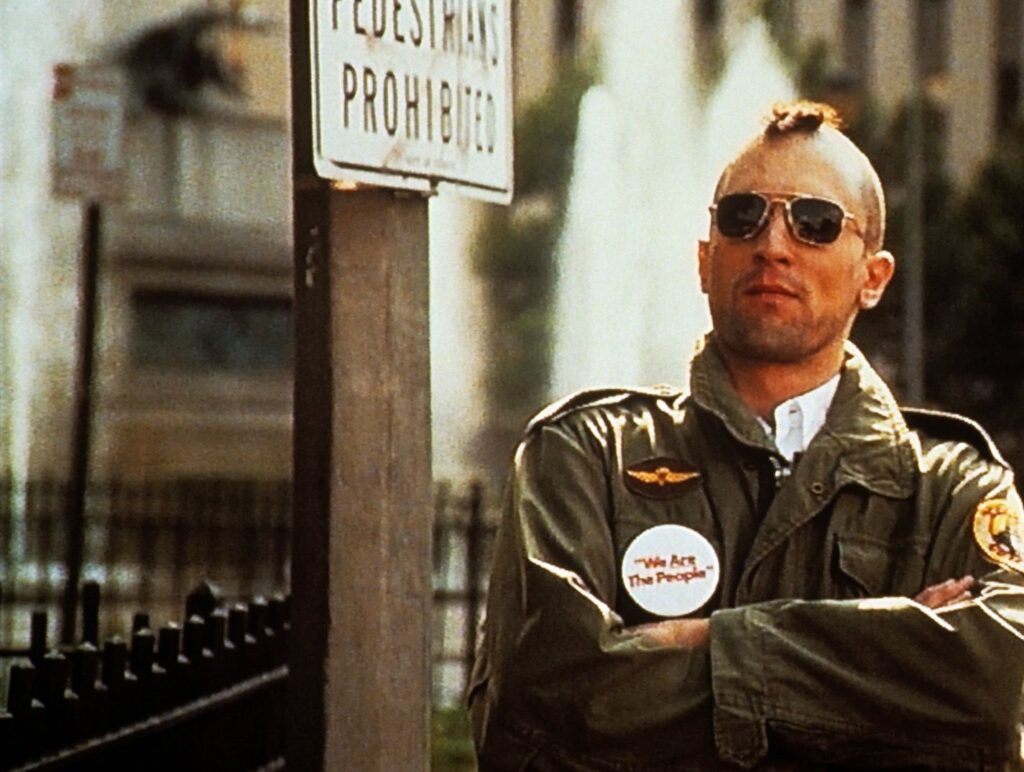
A film with a theme is exploring how that theme drives the story. The theme of Amadeus is jealousy. It affects the character Salieri exclusively. Through Salieri we see how jealousy affects his actions, how it comes to drive his life. The film provides a vehicle for the audience to witness and ponder how jealousy can affect someone’s life.
I want to give the audience a hint of the scene. Nothing more than that. Give them too much they won’t contribute anything themselves. Give them just a suggestion and you get them working with you. That’s what give the theater meaning: when it becomes a social act. “
Orson Welles
Themes can be questions
Not all films can be described with just one word. Some are posed to us as questions or statements. During the course of the film the question is played out for us to decide.

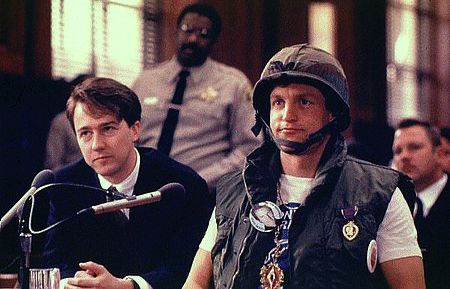
- Changing Lanes asks the question “Are people basically good or basically bad?”
- The People vs. Larry Flynt asks “Is the first Amendment sacrosanct or can exceptions be made?”
- Existenz asks “In the future, if virtual reality becomes so real, how will you ever know where virtual ends and reality begins?” or to use the line from the film “Are we still in the game?”
- Safe asks “Is it real or all in her head?”
- Magnolia asks “We may be through with the past, but the past is not through with us.
Changing Lanes and Larry Flynt tell us what we should conclude for the most part. Safe leaves it all up to us to decide (it’s the thing that makes it the most important film of the last 25 years,) and Existenz leaves the question hanging–which is actually quite brilliant, given the question of the film is “Are we still in the game?”
Directors have themes too
Some Directors have a constant through line in all of their films. The plots and themes can be vastly different, but that one unifying element is always present.
Stanley Kubrick and Milos Forman essentially made the same film over and over again. An underlying similarity runs through all of them. Search your memory for these Kubrick films: Paths of Glory (1957) 2001: A Space Odyssey (1968) A Clockwork Orange (1973) Full Metal Jacket (1986) and Eyes Wide Shut (1999.) While each of these films may have separate themes (such as paranoia in Eyes Wide Shut) each of them share something else in common. They are about the ways Governments, Corporations and other organizations suppress, inhibit and otherwise destroy the individual all in the name of furthering their own ends.
Think about it. In 2001 the Government uses Kier Dullea to find out what is happening on Jupiter at the cost of his life. The HAL 9000 does the same thing. Nothing will stop HAL from completing the mission, even murder. In Clockwork Orange the Government completely destroys the individuality of the Malcolm McDowell character, using him as a pawn in their game of public relations. In Eyes Wide Shut, the secret society has no problem ruining the life of the Tom Cruise character in order to keep their activities secret. You may be asking “what about Dr. Strangelove?” This film actually fits the mold too, except that the tables are turned: one individual creates complete chaos for governments.
Milos Forman’s films followed the same through line–with a twist. Milos’s films are about the way Goverments, Corporations and institutions supress and inhibit the unique individual. McMurphy in One Flew over the Cuckoo’s Nest, Mozart in Amadeus, Andy Kaufman in Man on the Moon, Larry Flynt in The People vs Larry Flynt. Unique people (for good or for ill) whom these institutions can not wait to force into conformity. Another way of thinking about Forman’s films is that they are always about people whose behavior is out of the so called mainstream.
A more contemporary Director with the most obvious recurring element is Paul Thomas Anderson. Hard Eight, Boogie Nights, There Will be Blood, Magnolia and Punch Drunk Love all have different themes, but the uniting thread running through all of them is dysfunctional or non-traditional family relationships. Hard Eight, Boogie Nights and There Will be Blood fall into the latter category, Magnolia and Punch Drunk Love fall into the former.
Where you can find these films
All of these titles may be found for rent on these websites for either $2.99 or $3.99.
- 2001: A Space Odyssey
- A Clockwork Orange
- Amadeus
- Being John Malkovich
- Blazing Saddles
- Boogie Nights
- Changing Lanes
- Citizen Kane
- Dr. Strangelove: or How I Learned to Stop Worrying and Love the Bomb
- Existenz
- Eyes Wide Shut
- Full Metal Jacket
- Hard Eight
- High Noon
- Magnolia
- Monster’s Ball
- The People vs Larry Flynt
- Paths of Glory
- Pulp Fiction
- Punch Drunk Love
- Safe
- Taxi Driver
- There Will be Blood
- Traffic
